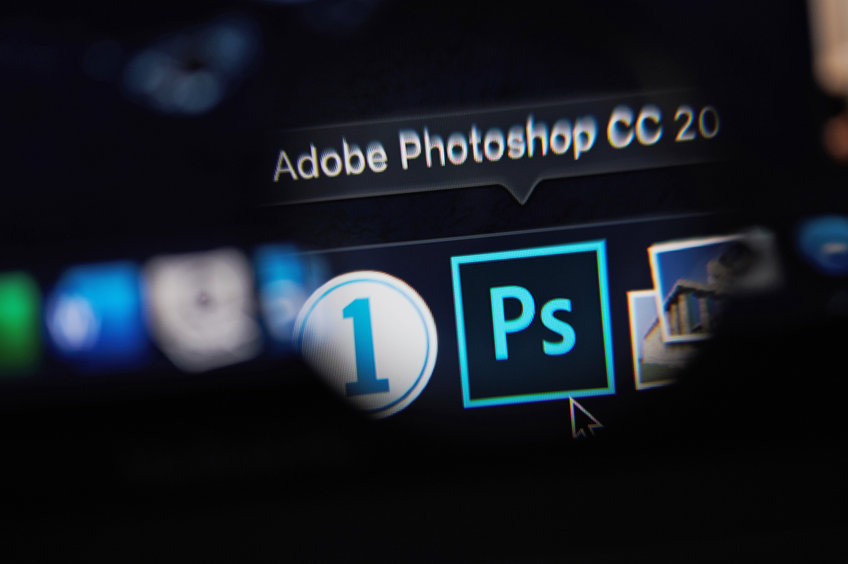
As a newbie photographer, you may struggle with photo editing. You may not know how to edit your photos with lightroom presets. Also, some tools may be too expensive, especially for a newbie. However, it takes time to learn everything you need to be an established photographer. For a start, here are some crucial photo editing tips.
Do you use Photoshop, Lightroom, or Adobe Camera Raw? If you do, these tips will come in handy.

Start with The White Balance
In photography, the white balance controls color levels. It determines how natural the image will appear. This is why you must adjust it to fix the unnatural tone.
Some cameras adjust the white balance automatically to neutral gray. However, it will affect the image quality. JPG files do not capture much digital data, so there’s little you can do about white balance in the editing stage.
Also, editing programs may allow you to choose a preset mode to calibrate the image, allowing it to match the lighting of the shot. Other options to adjust the white balance include using a tint or temperature feature to fine tune the lighting.
Learn to Adjust Your Camera Lens
Tools like Lightroom offer a camera calibration panel. Learn how it works before making any adjustments to the image. This includes contrast and color changes. Also, focus on the lens correction option if you’re using a wide angle lens. Ensure that the automatic lens is not pushing some parts out of frame.
Use HSL for More Brilliance
Lightroom also offers an HSL feature to boost the contrast of your image. If you want to capture clear skies, it is an excellent tool to use. Simply choose luminance and adjust the slider to make it darker.
While this tool is great, it can create an unnatural look in the image. You can also opt for other techniques, like enhancing saturation or vibrancy. The graduated filter is also another viable option to brighten dark areas.
Enhance Sharpness
You can sharpen your images with Lightroom to make them crisper and neater. Begin by enhancing the sharpness to 50 percent before deciding which level is best. It helps to test all sharpening functions it offers individually.
As you edit, you need to check the sharpness levels. It is important if you want to print in a larger frame. However, it won’t matter for regular social media posts. Also, when you sharpen an image, it will not make it an in-focus image. In the same vein, sharpening can create a halo effect when it isn’t done properly. So take note of this while editing.
Don’t Ignore Preset Settings
Experiment with the color presets in your editor to learn how it works. Don’t worry, you can easily undo any mistakes you do not want. Lightroom has some good preset settings that come in handy here. One example is the Light Grain preset.
Cut, Crop and Straighten Before Finalizing
While this is a function to pay attention to during the shoot, it may not always be easy to straighten the shot. Nonetheless, you can do all of this in Lightroom. Always crop the image if it contains any distracting elements.
Lightroom allows you to spot clean images. Look out for the spot healing feature to clean spots in the image. This may take time because you need to be thorough to get everything out. You can change your view by zooming to find the spots easily. Then you can take each one out methodically.
Conclusion
When you’re done editing, you can share your photos in RAW or JPG format. The former may be larger, but it maintains image quality. It helps to take as many shots as possible to find the best. With time, you’ll edit your shots like a pro.






